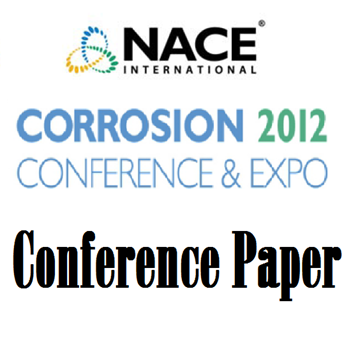Search
51312-01186-Investigation of Rapid Fracture Phenomenon in High Temperature Water
Also Purchased
51312-01177-Failure investigation of high pressure surge in 42” propane loading line in LPG Storage facility
Product Number:
51312-01177-SG
ISBN:
01177 2012 CP
Publication Date:
2012
$20.00
51312-01178-Promising biological performance of biodegradable 3D coated Mg alloy bone scaffold
Product Number:
51312-01178-SG
ISBN:
01178 2012 CP
Publication Date:
2012
$20.00
51312-01175-Dual layer structural thermoplastic polyester powder coating film for telecommunication plant
Product Number:
51312-01175-SG
ISBN:
01175 2012 CP
Publication Date:
2012
$20.00




